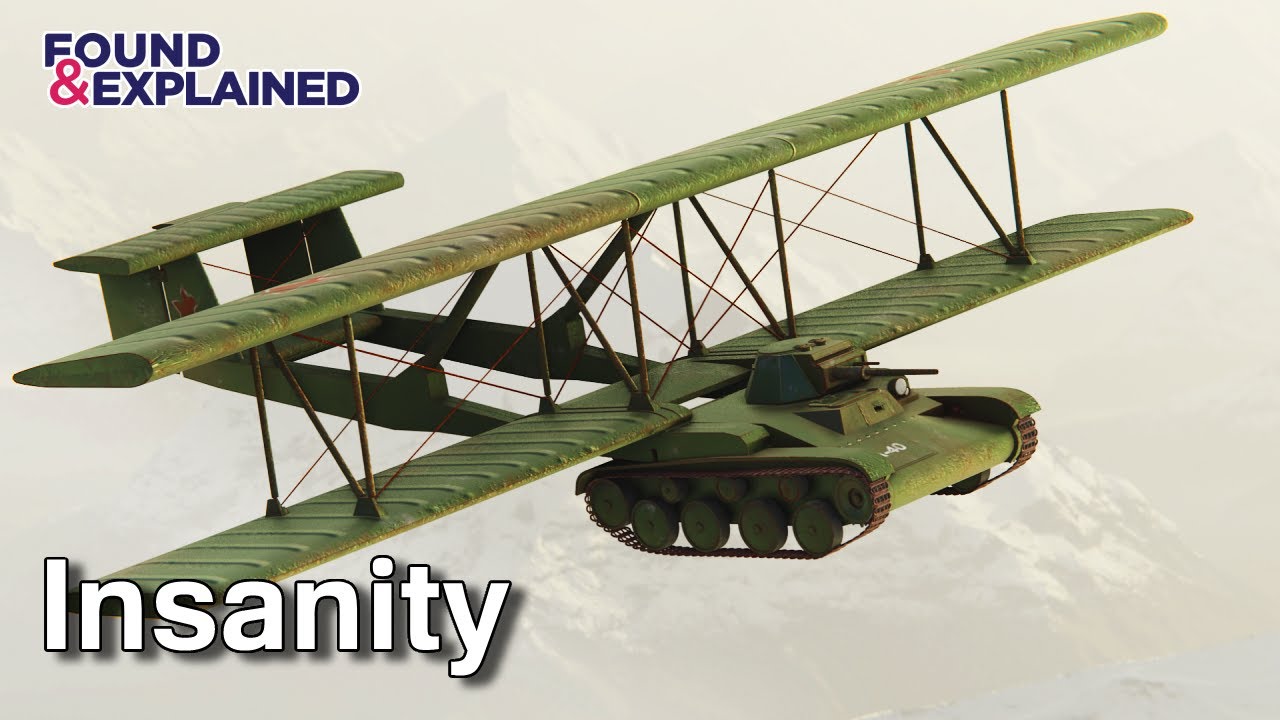Close air support aircraft such as the Fairchild Republic A-10 and the Sukhoi Su-25 are sometimes called “flying tanks”, with an armoured cockpit to protect the pilot and ample firepower to attack ground targets.
But in 1942, while defending itself from the Nazi attack, the Soviet Union experimented with an actual flying tank, the Antonov A-40 Krylya Tanka, literally “tank wings”. Designer Oleg Antonov took a T-60 light scout tank and attached biplane wings and a twin-boom tail which allowed it to be towed as a glider behind a bomber to the vicinity of a battle in which paratroops or partisan forces were engaged, detached, and glided to a landing near the battlefield. The wings and tail would be detached, and the tank could then immediately support the troops and engage the enemy.
Only one prototype was built. In practice, the Soviet bombers lacked the power to tow the heavy and unaerodynamic glider, weight limitations meant the tank could carry an impractically small load of fuel and ammunition, and training operators to be both glider pilots and tank commanders was unrealistic. On its single test flight, the bomber was forced to jettison the glider to avoid crashing due to its extreme drag, but the tank/glider pilot successfully glided to a landing, detached the wings and tail, and drove the tank back to the airport under its own power. The project was subsequently abandoned.
